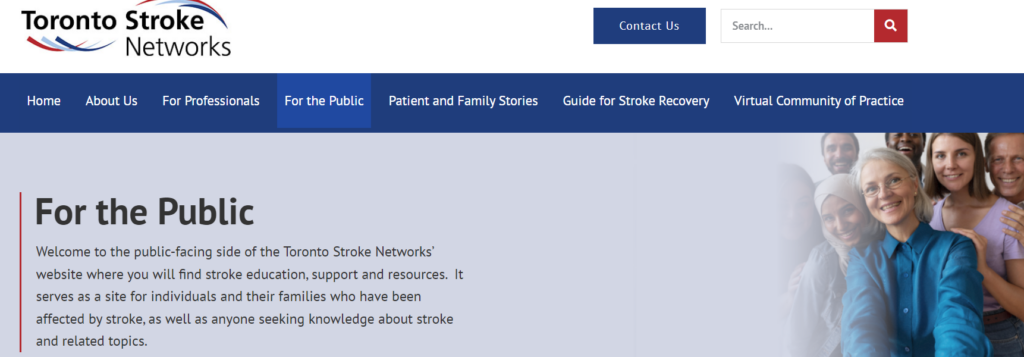This post discusses the concept of stroke rehabilitation. This is where stroke carers have a big role to play. Here, we discuss when the stroke rehabilitation begins, what aspects it includes, and the current expert recommendations.
What is stroke rehabilitation?
It has three goals:
- Re-learning the lost skills
- Managing existing problems
- Preventing new problems
When and how the stroke rehabilitation begins?
The experts say it begins at the hospital as soon as the affected is medically stable. It could be as early as 48 hours of the event. The earliest rehab activity could be turning and moving arms and legs while still on the bed. And, with professional supervision, sitting on the bed, moving between the bed and a chair are the next steps. It also includes the activities of daily living such as dressing, undressing, walking, bathing, using the toilet. Usually, personal healthcare workers assist. This is the first stage of returning to independence.
Domains of stroke rehabilitation
As documented in a comprehensive review, stroke rehabilitation runs along a continuum; first focusing on the function of an affected body part (earlier considered as impaired), second on the activities that can be done with that body part as a whole person (earlier considered as a disability), and third the participation in the social context or in a life situation (earlier considered as a handicap).
Elements of stroke rehab
The goal of post-stroke rehab is not only physical; it encompasses cognitive, social, emotional, psychological, communication, and occupational.
Elements of rehab
- Medical care: To manage underlying diseases such as high blood pressure, diabetes, heart disease, etc., and symptom management and also preventing another stroke
- Re-learning activities of daily living: grooming, dressing, undressing, toiling, moving, walking, and preparing meals, etc.
- Exercises: To strengthen muscles, improve coordination and balance, regain range of motion,
- Communication: improving communication skills and introducing to communication aids
- Swallowing: This goes together with communication improvement
- Vocational: Introducing to alternative income sources
- Social: strengthening social networks
- Mental, cognitive, and emotional
The most important element in rehab
The National Institute of Neurological Disorders and Stroke says that the most important element in rehab is to create customized programs aimed at promoting repetitive activities that people engage in the mastering of “playing the piano or pitching a baseball”.
The most important element in rehab is to create customized programs aimed at promoting repetitive activities that people do when mastering “playing the piano or pitching a baseball”.
The national institute of neurological disorders and stroke
As we saw earlier, the brain “rewires” the alive neurons to carry out the tasks earlier carried out by dead neurons. We can speed up this by helping the affected individual to do repetitive exercises. Do you know that?
Researchers elaborate further on what repetitive exercises refer to.
Measuring outcomes and progress
For an individual who is undergoing the rehabilitation process is very important to know whether they are gaining anything. Over time researchers have developed a number of tools to monitor progress. A group of experts has grouped these measures under the three domains of rehabilitation cited above. Since it is a very comprehensive list, those interested can read about it through this link: http://www.ebrsr.com/sites/default/files/Chapter%2020_Outcome%20Measures.pdf





